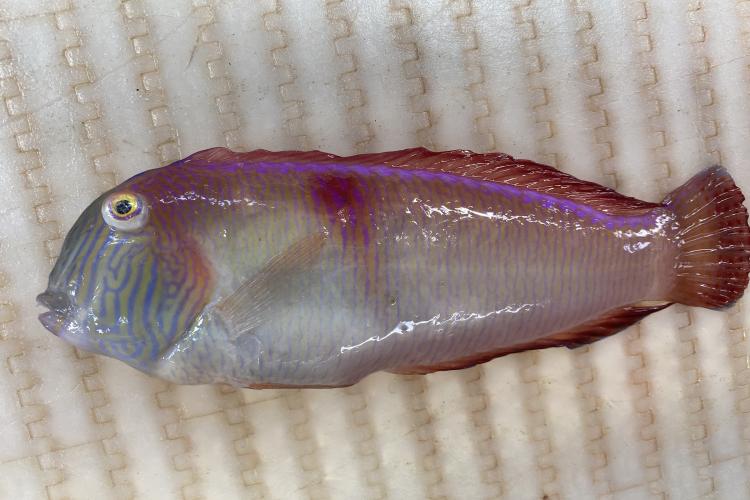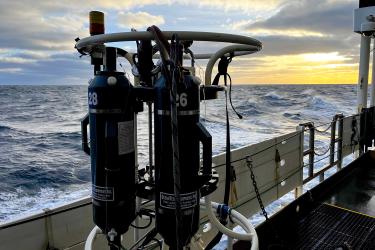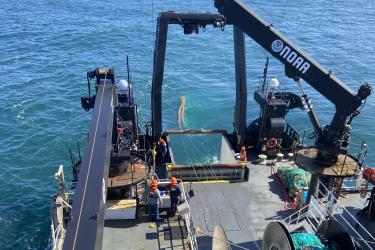We’ve kicked off our field season with the spring bottom trawl survey on the NOAA Ship Henry B. Bigelow. I’m currently sailing on leg 2. We plan to work our way into Cape Cod Bay and Massachusetts Bay in the next couple days. Leg 1 covered the southern portion of the survey that reached down to Cape Hatteras, North Carolina. When I arrived on board, the leg 1 scientists filled me in on really interesting catches. Those pictures are below for your viewing pleasure. Enjoy!
Silver Hatchetfish, Argyropelecus aculeatus
Larval Lobster
Also, here is a fun video from Japan of a phyllosoma hitchhiking on a jellyfish.










